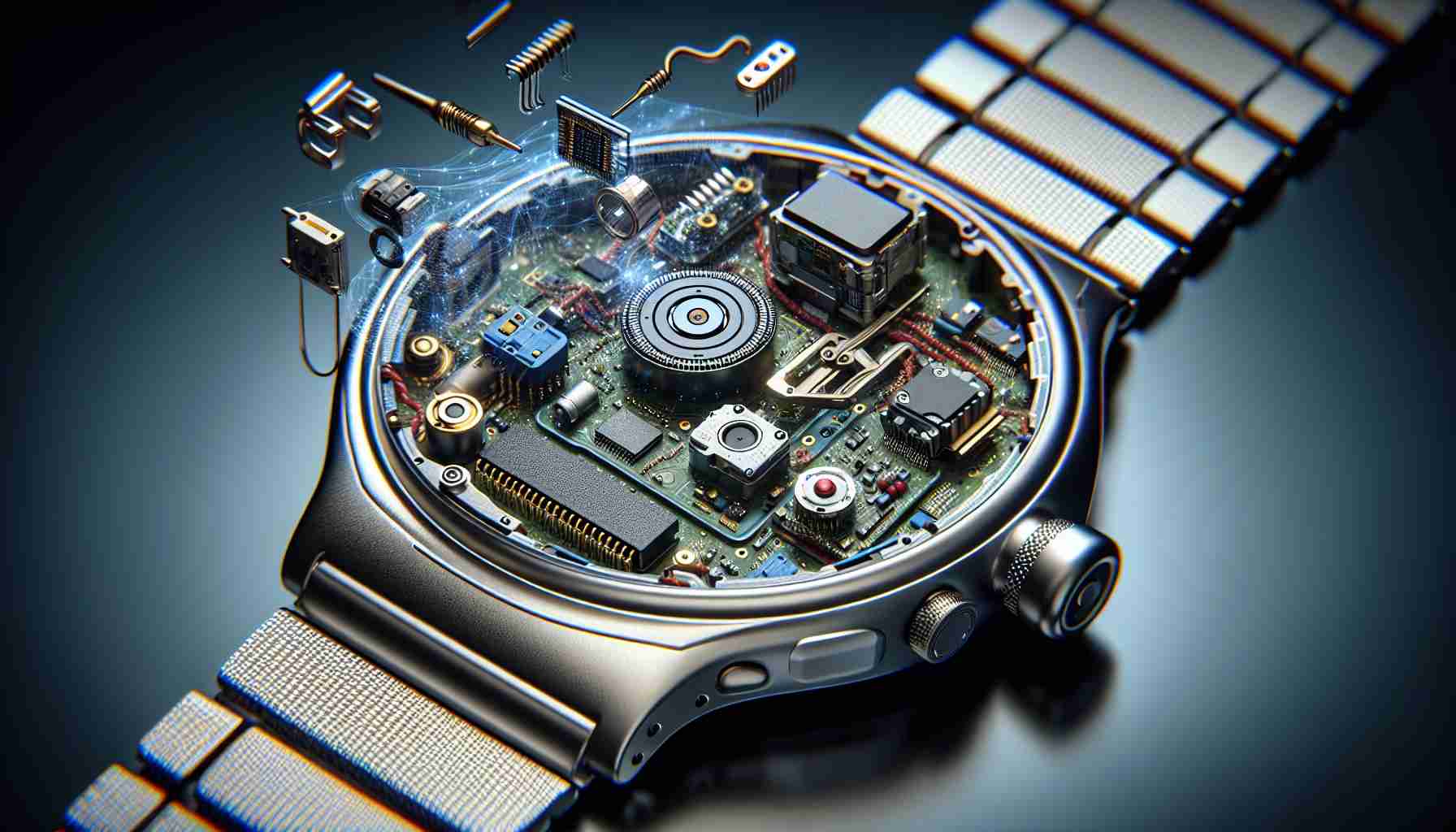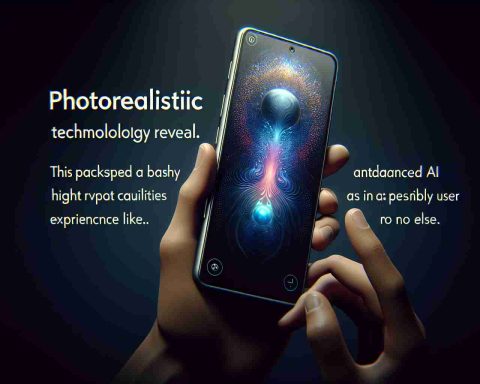In a significant move for wearable technology, Google has acknowledged the challenges surrounding the repairability of its Pixel Watch series. Currently, if a user encounters issues with the Pixel Watch—whether it’s the original model from 2022 or the newly released edition—they are limited to replacement units rather than receiving a repair option. This approach underscores Google’s limited experience in the smartwatch sector, contrasting sharply with competitors like Apple and Samsung, who offer repair services for their devices.
During a recent panel at Climate Week NYC, a Google representative expressed that the company is actively contemplating how to enhance the repairability of the Pixel Watch in future designs. They noted the importance of considering repairability as a key design element moving forward, especially in the growing wearables market.
While no specific timelines for these improvements were shared, it is generally accepted that consumer electronic devices undergo a two to three-year development cycle. This raises questions about whether these enhanced designs will appear in upcoming models.
Google has recently entered the smartwatch market, achieving a notable presence with an 8% market share of wearables in late 2022. However, the lack of repair options remains a pressing concern, contributing to the escalating e-waste crisis. As the demand for sustainable technology increases, Google’s commitment to addressing these challenges in their Pixel Watch line will be a pivotal aspect of their future strategy.
Enhancing Your Tech Life: Tips and Insights on Repairability and Sustainability
In the ever-evolving world of technology, particularly in wearables such as smartwatches, understanding repairability and sustainability can significantly impact your experience as a consumer. With Google acknowledging the repairability challenges of its Pixel Watch series, it’s essential to explore how this affects your day-to-day life, work, and learning environment.
1. Understand the Importance of Repairability
Repairability refers to how easy it is to fix a product when it malfunctions. Products that are designed with repairability in mind help reduce electronic waste and lower long-term costs. When purchasing wearable devices, consider those from brands that prioritize this aspect, as it can lead to a more sustainable choice. Consumers can often access reviews and repairability ratings through sites like iFixit, which offers insights into how easily devices can be repaired.
2. Know Your Warranty Options
Always check the warranty policy of your devices. Most manufacturers offer limited warranties that cover defects for a certain period. Understanding these options can save you money and frustration if your device malfunctions. If Google aims to improve repairability in future Pixel Watches, keeping an eye on updates will be essential for potential claims or fixes.
3. Stay Informed About Sustainability Practices
As the demand for sustainable technology increases, being informed about how companies address e-waste can influence purchasing decisions. Research which companies are taking steps to ensure their products are environmentally friendly. Follow developments in the tech industry through resources such as TechCrunch to keep abreast of sustainability practices and innovations.
4. Optimize Device Longevity
To extend the life of your wearable devices, practice good maintenance. This includes updating software regularly, cleaning your device appropriately, and using protective cases to minimize damage risks. Each of these actions can help maintain your device’s functionality for longer, reducing the need for replacements.
5. Participate in Repair Culture
Engaging with local repair shops or hero programs promotes a culture of fixability. Many communities offer repair cafés or tech workshops where you can learn to fix your devices alongside others, extending both your knowledge and the lifespan of your products. This not only empowers you but also builds awareness and skills that contribute to sustainable practices.
6. Keep an Eye on the Market Trends
As Google actively explores improved design options for the Pixel Watch, it is useful to monitor market trends and advancements in wearable technology. Understanding where the industry is heading can help you make informed decisions about which products to invest in next. Platforms like The Verge provide tech news and analysis, helping you stay ahead of the curve.
In summary, as technology becomes an increasingly integral part of our lives, emphasizing repairability and sustainability can help you make smarter, more environmentally conscious choices. Stay informed, maintain your devices, and participate in repair culture to not only enhance your technology experience but also contribute to a healthier planet.
























